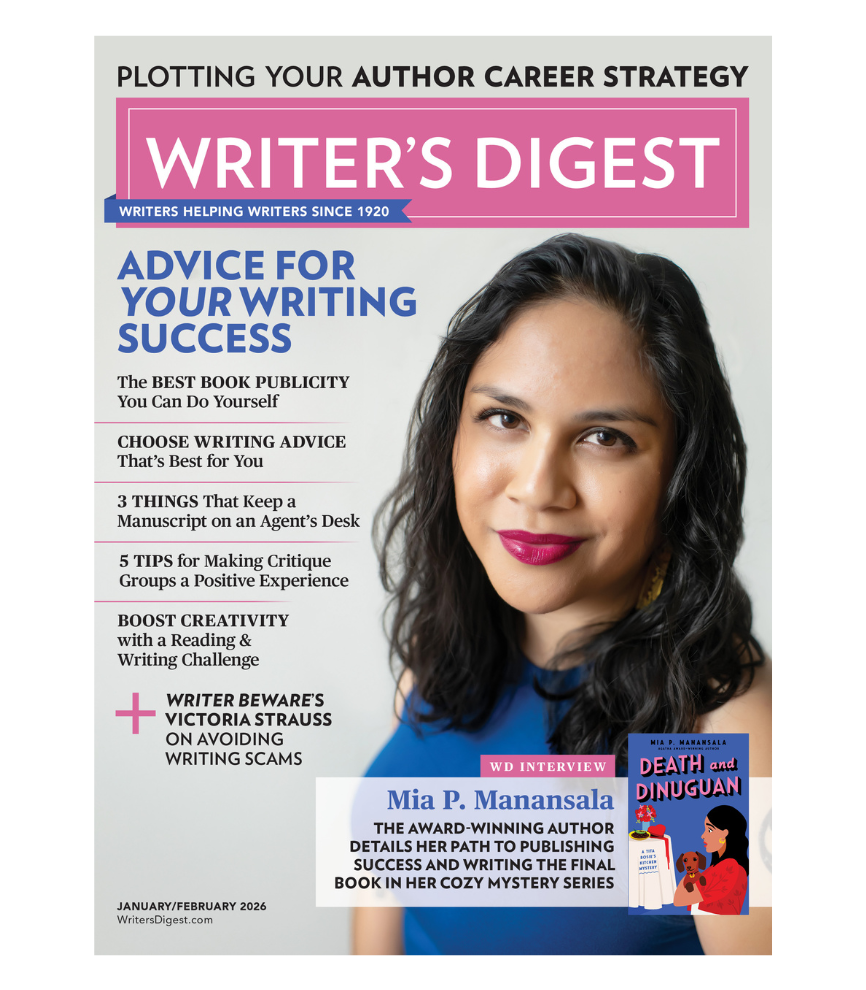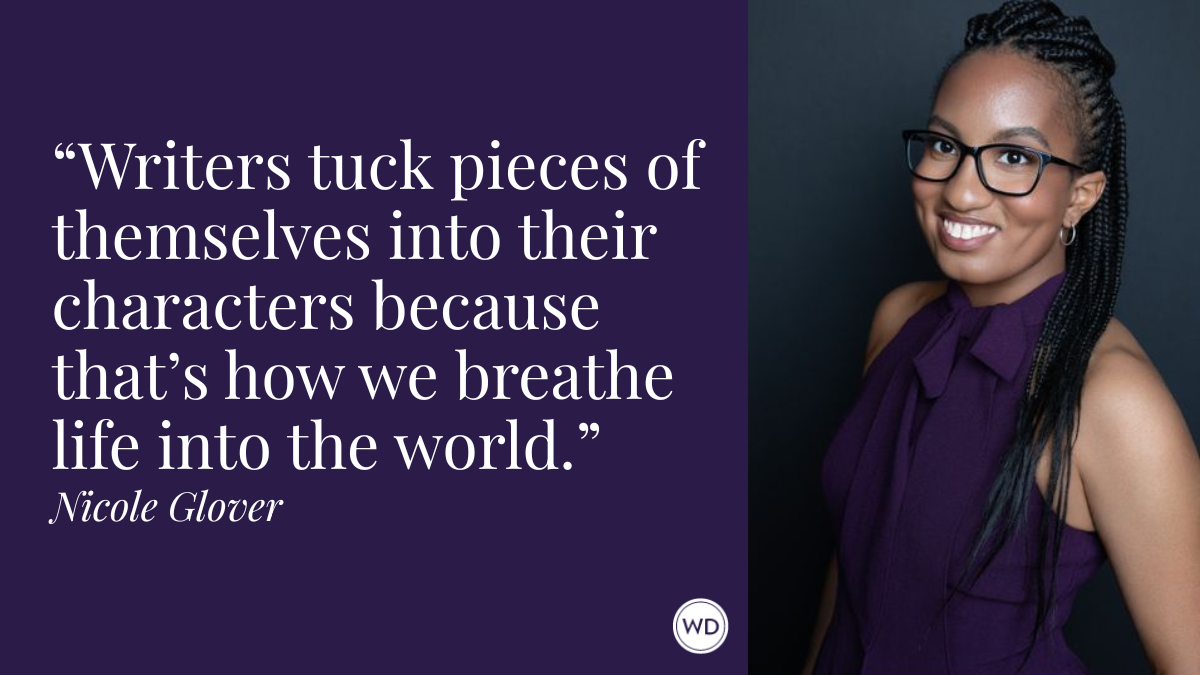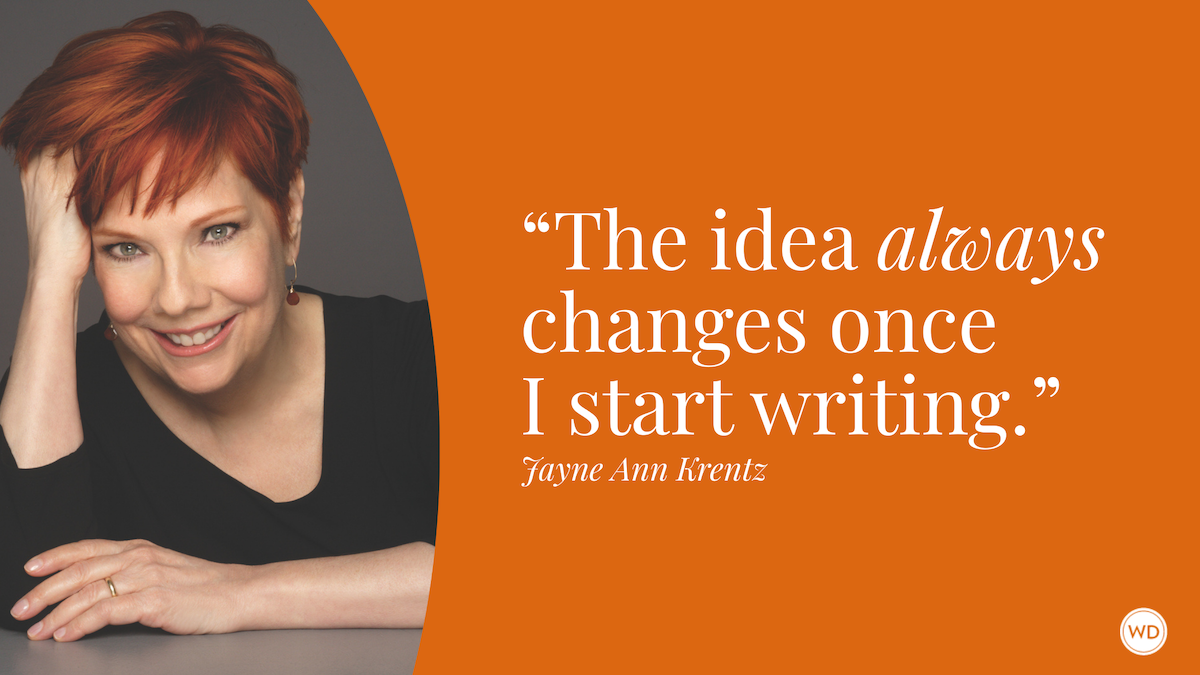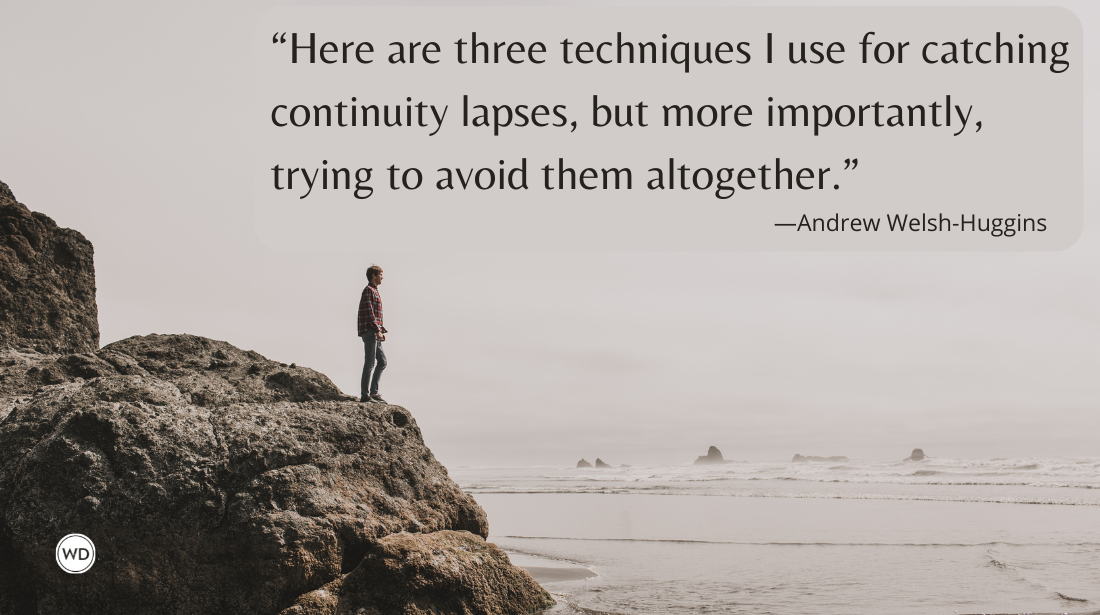3 Big Tips for Writing a Children’s Picture Book Like a Pro
Small but mighty, picture books help raise children into lifelong readers. Children’s book author Diana Murray offers 3 big tips for writing a picture book like a pro.
As a mom, I got to see first hand how much my kids got from reading. They expanded their vocabularies, learned about the world around them, and incorporated book themes into their playtime. I was also lucky enough to feel the wonderful bond it creates when a child sits on your lap and you experience a story together. Perhaps you have, too.
Perhaps you’ve fallen in love with the picture book genre and want to write one of your own! That’s exactly what happened to me about 15 years ago. I’ve learned a lot along the way. For one thing, although they’re short, picture books are harder to write than you might think!
Here are some tips to help you write a manuscript that works.
3 Big Tips for Writing a Children’s Picture Book Like a Pro
1. Read Like a Writer
It’s important to read classics, but make sure you’re incorporating lots of new books, too. The genre has changed a lot over the years. If you pay attention to which books you (and your kids) tend to like the most, you might get a better idea of the type of book you want to write.
Reading like a writer is a little bit different than reading just for pleasure. If you’re reading with kids, try rereading the books on your own. I like to do mini critiques of them and then check major reviewers (like Kirkus) to see if they agree with me.
Another great exercise is to take a few of your favorite books and type out all the text on your computer, indicating page numbers, and making notes about which parts are funny, where the action escalates, on which page the climax is, and so forth. I have found that to be super helpful. You can use your notes as a blueprint to practice writing a story with the same sort of structure.
2. Cut, Cut, Cut
Picture books have gotten shorter and shorter over the years. But aside from that, you can usually pack more punch and hold your readers’ attention better if you keep your story as short as possible while still effectively telling the story you need to tell.
There is a famous quote by Abraham Lincoln: “I'm sorry I wrote such a long letter. I did not have the time to write a short one.” I’m not sure if Lincoln was truly the one who said that, but no matter what, the meaning is clear. Picture books seem easy to write because they’re short. But in truth, cutting all those words takes a lot of work!
Writers can sometimes get attached to sections or phrases they love. But you mustn’t revise timidly! What I like to do is think of it as putting those parts aside rather than completely eliminating them from existence. Maybe you’ll use them in another project. Maybe they’ll inspire something new. You can keep those versions in a separate document. No writing is ever wasted!
Joining a critique group is a great way to strengthen your revising skills. And getting feedback on your own work is just as important as giving feedback. Both can help that “revision muscle” grow.
3. Visualize The Invisible
Picture Books are different from other books in two crucial ways. Firstly, each page turn is extremely important. Page turns can help build tension or highlight surprises. For example, in Help Mom Work From Home!, the text on one page is “Have meetings, take notes,/make some calls, be persistent./For even more help…” Then the next page finishes the sentence: “...you can hire an assistant!” The humor and surprise would not have the same effect if that were all on one page. Use page turns to your advantage! That brings me to my second point.
The text only tells half the story. The rest of the story is told by the illustrations. On the page that says “...you can hire an assistant!”, the illustration shows a cat wearing a tie being carried to Mom’s aid. If the text had been, “...you can hire a cat as an assistant!”, it just wouldn’t have the same punch. Think of the illustrations as enhancing what you have written. The interplay of text and illustrations makes picture books unique and engaging. This aspect also helps keep the text short because you don’t have to say everything in the text.
IndieBound | Bookshop | Amazon
[WD uses affiliate links.]
If you are not the illustrator, you should still visualize the illustrations. You can do this by making notes in the margins or making rough sketches (even if you can’t draw). You don’t have to show that to anyone. It’s just a way of helping you make the text stronger.
And to visualize the page turns, I always use page numbers in my text. Again, you don’t necessarily have to share the page numbers when you submit, but it can help you plan where to break your text. Most picture books have 32 pages. Of those, approximately 15 two-page spreads are actually usable for text, since publishers must account for copyright information. To write like a professional, make sure you study the picture book format. The number of pages in a picture book is fairly standard within traditional publishing.
Of course, you shouldn’t get so bogged down with all these rules that you aren’t having fun! Let your passion shine on the page. Enjoy the journey!
Diana Murray has written over a dozen children’s books, including her latest, Help Mom Work From Home. Some of her other titles include City Shapes and Goodnight Veggies, which were both Jr. Library Guild Selections; Unicorn Day, a National IndieBound Bestseller; and Pizza Pig, a Maryland Blue Crab Young Reader Award Winner. She also has award-winning poems that have appeared in magazines such as Highlights, High Five and Spider. Murray grew up in New York City and still lives nearby with her husband who is a firefighter, two children, and many pets.









